
Understanding exactly how flood water leads to mold growth is your best defense. When flood waters enter your home or business, they cause more problems than just wet floors and furniture. Within just 24-48 hours, these same waters create perfect conditions for a hidden threat: mold. This guide reveals the seven ways that a “simple” flood turns into a dangerous mold situation.
1. Soaking of Building Materials
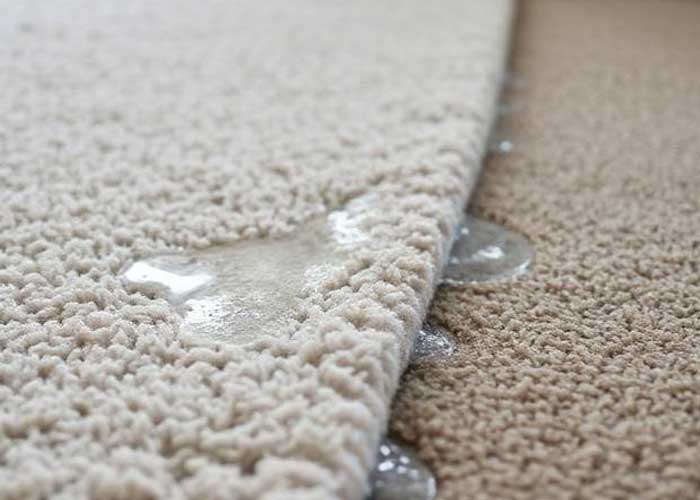
Flood water quickly soaks into many parts of your property:
- Drywall absorbs water like a sponge
- Insulation can stay wet for weeks
- Wood floors and supports soak up water
- Carpets and padding trap moisture
- Furniture and mattresses hold water
- Paper products and documents get soggy
Why This Is Alarming: These materials don’t just get wet—they become perfect growing spots for mold. What makes this especially dangerous is that these materials stay wet long after the visible water is gone. This creates hidden spots where mold can grow until the problem becomes serious.
For business owners, this also includes inventory, stored files, and equipment that can trap moisture inside.
2. Flood Waters are Food for Mold

Flood waters are rarely clean. As they flow through your property, they leave behind:
- Dirt and soil full of organic matter
- Decaying plant material from outside
- Sewage waste (in dirty flood water)
- Food particles and other debris
- Wood and paper fibers
Why This Is Alarming: Mold needs both moisture AND food to grow. Flood waters basically deliver a feast directly to your property, making mold grow much faster. This “feeding” of mold creates more aggressive growth than you’d see with just humidity problems.
3. High Humidity Throughout Your Property

Even after standing water is removed, floods increase humidity levels throughout your entire property by:
- Filling the air with evaporating moisture
- Creating water droplets on cooler surfaces
- Making it hard for your AC system to control humidity
- Releasing water vapor from slowly drying materials
Why This Is Alarming: This high humidity helps mold grow far beyond the areas that were actually flooded. Even rooms not directly touched by flood waters can develop mold due to the increased humidity. Many property owners end up finding mold in unexpected places weeks or months after the flood.
4. Washing Away of Mold Protection
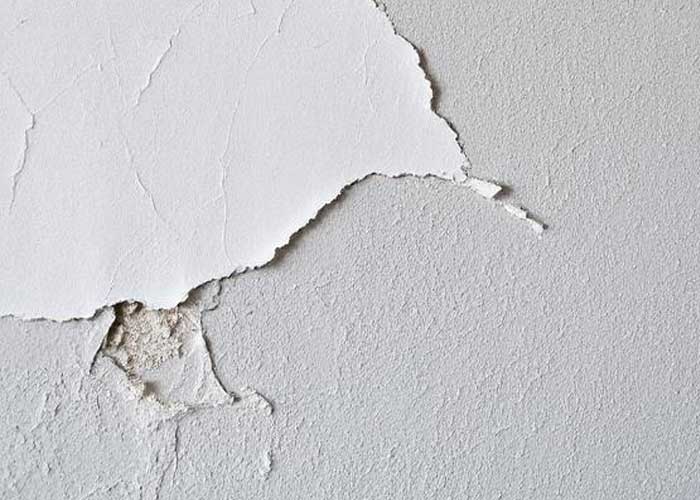
Many modern buildings include materials designed to resist mold growth. Flood water defeats these protections by:
- Washing away protective coatings
- Damaging factory-applied mold treatments
- Leaving behind organic matter that overwhelms the protections
- Creating so much moisture that it exceeds what the protections can handle
Why This Is Alarming: The very features meant to protect your property from mold stop working after flooding. This creates a false sense of security for property owners who think their “mold-resistant” materials will prevent growth. This often leads to delayed action and more damage.
5. Hidden Water Pockets
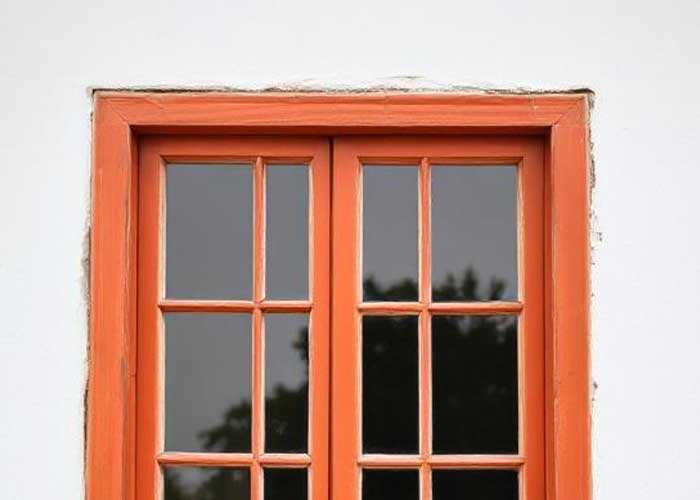
During flooding, water gets into areas of your property that are nearly impossible to see or reach:
- Inside walls between wooden studs
- Under cabinets and built-in fixtures
- In ceiling spaces and around recessed lighting
- Within air ducts and behind vents
- Under flooring and between layers of flooring
- Around window frames and door frames
- Behind baseboards and trim
Why This Is Alarming: These hidden wet spots can feed mold growth for months without you knowing. By the time you notice signs (strange smells, visible mold, or health problems), the mold has often spread widely and becomes much more expensive to fix. For businesses, these hidden growth areas can damage inventory and cause workplace health issues before anyone realizes there’s a problem.
6. Providing the Perfect Temperature
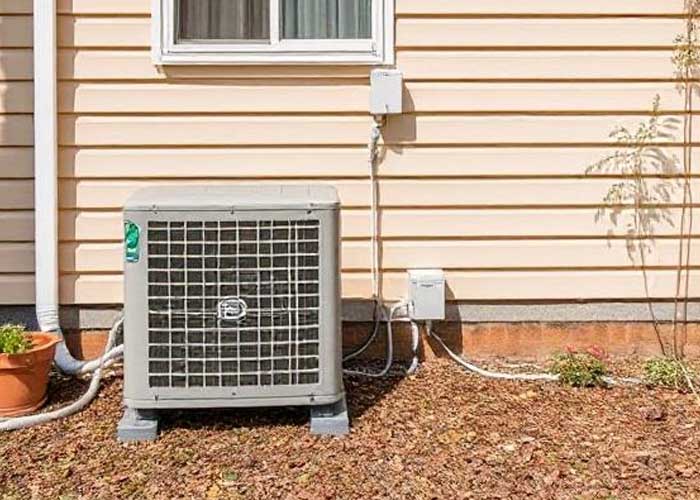
Most homes and businesses keep indoor temperatures between 68-86°F year-round—which happens to be exactly what mold needs to grow best. Flooding creates:
- Warm, humid conditions throughout the property
- Less airflow in water-damaged areas
- Temperature changes that create condensation
- Problems with AC systems that can’t properly control temperature
Why This Is Alarming: Your property’s normal comfortable temperature becomes a big problem after flooding. Even with visible water removed, these ideal growth temperatures allow mold to establish quickly. This is especially problematic because fixing only the moisture without thinking about temperature can leave conditions perfect for continued growth.
7. Spreading Mold Spores Everywhere
While mold spores are always present in the air, flooding dramatically increases their numbers and spread by:
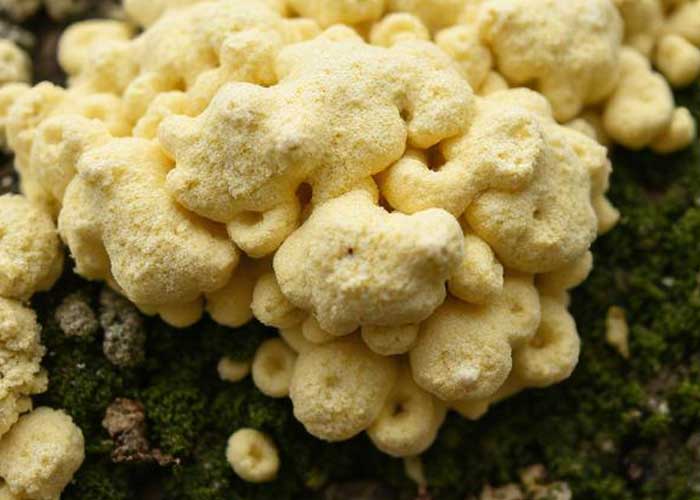
- Carrying millions of spores in the flood waters
- Creating air movement that spreads spores throughout the property
- Depositing spores in areas that were previously too dry for growth
- Activating dormant spores that were already present in the building
Why This Is Alarming: Flooding essentially “plants” your entire property with concentrated mold spores exactly when conditions are perfect for them to grow. This greatly increases both the speed and extent of mold growth compared to typical moisture problems. For homeowners and business owners alike, this means fighting mold that has already established multiple growth sites throughout the property.
Protecting Your Property: What To Do and When
Understanding how quickly flood water triggers mold growth shows why acting fast is so important:
First 24 Hours:
- Remove standing water using pumps and wet vacuums
- Start drying with fans and dehumidifiers
- Remove soaked materials that can’t be saved
- Create airflow throughout the property
24-48 Hours:
- Continue drying with professional equipment
- Check moisture levels in walls, floors, and ceilings
- Apply mold-preventing treatments
- Decide which structural materials need to be removed
48-72 Hours:
- Finish removing damaged materials
- Continue dehumidification until moisture readings return to normal
- Clean and sanitize surfaces
- Control humidity levels
For Business Owners: Take pictures of all damage for insurance and make a plan for how your business will operate during cleanup.
For Homeowners: Temporarily move out if necessary and protect valuable or irreplaceable items that could be damaged by mold.
When to Call the Professionals
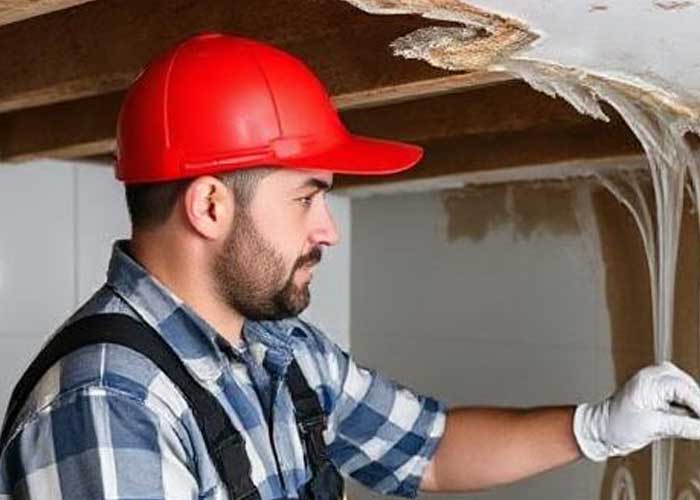
While small water problems might be something you can handle yourself, flooding almost always requires professional help. Consider getting professional water damage restoration when:
- Standing water is deeper than 1-2 inches
- Water has been present for more than 24 hours
- Flooding affects multiple rooms or floors
- Floodwater contains contaminants or sewage
- You notice musty smells indicating mold growth
- Family members or employees have unexplained breathing problems
- Your property contains valuable items that need special drying techniques
Knowledge Is Your Best Defense
The alarming truth is that flood water creates perfect conditions for dangerous mold growth in multiple ways at once. Understanding these seven triggering factors helps you recognize why you need to act quickly after a flood, before mold takes over your property.
Whether you’re a homeowner protecting your family’s health and investment or a business owner safeguarding your operations and employees, responding quickly and thoroughly to flooding is essential to preventing the serious problems that mold brings.
Remember: you’re not just drying out your property—you’re racing against mold that begins growing the moment flood water enters your space. With proper knowledge and fast action, you can win this race and keep your property safe from dangerous mold growth.
This article is meant for informational purposes only and should not be considered professional advice. For specific concerns regarding water damage and mold in your home or business, please consult with qualified water damage restoration professionals.

